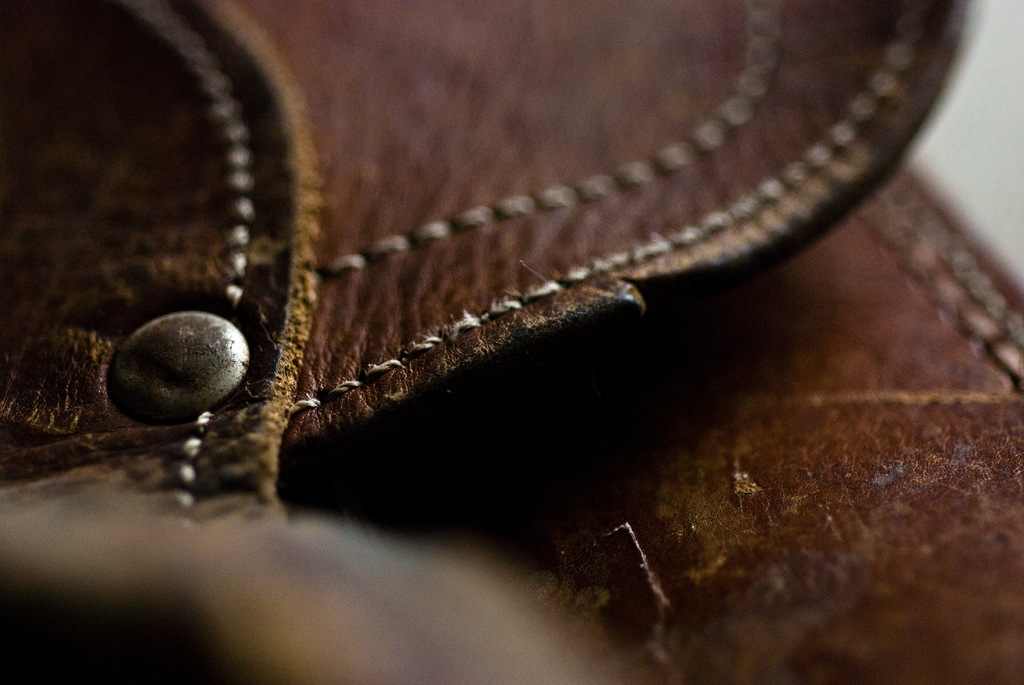
Some leather items are made to last for many years, even a lifetime. But they’ll only get to do so with proper care. (Image by Conor Lawless on Flickr)
Leather might be fashionable, but it can also be quite fragile depending on the conditions to which it is exposed. For example, excess heat can cause it to crack and harden, while excess moisture can strip the natural oils that keep leather from drying up. However, these potential problems are by no means insurmountable, only that your leather products need regular maintenance if you intend to continue using them years or even decades after their purchase.
Cleaning is the first step in leather maintenance. Doing so can be as simple as using a damp cloth to remove gathered dust, but more stubborn problems require harsher solutions. Since most cleaners are harsh enough to remove the leather’s natural oils, you need to use either gentle cleaners or better yet, a specially formulated leather cleaner. An ideal cleaner is gentle enough to retain the natural oils while leaving behind no residue that can attract bacteria. Be sure to confirm with the salesperson that the cleaner is suitable for use with the leather, but test the cleaner first on a small area if you retain any doubts. Keep in mind that special problems such as mildew can require special solutions such as a solution containing rubbing alcohol.
After you’ve finished cleaning the leather, you can then condition it using a leather conditioner. Once again, it is important to confirm that the conditioner can be used with the kind of leather in the product being cleaned. Avoid conditioners that contain either petroleum or mineral oils because these substances can cause damage over prolonged use. Similarly, avoid conditioners that leave bacteria-attracting residue. You need to apply a conditioner multiple times per season if you want to keep the leather supple, particularly if it has been exposed to either excess heat or moisture.
Of course, good protective measures can also reduce the normal damage that comes with use. As previously hinted, try storing your leather products in dry and cool places during periods of disuse in order to avoid both excessive heat and excessive moisture. Avoid storage covers and containers made of nonporous materials such as plastic because leather needs to breathe. Wrap the item in butter paper instead; never newspaper or other paper containing solvents.

















